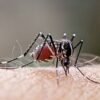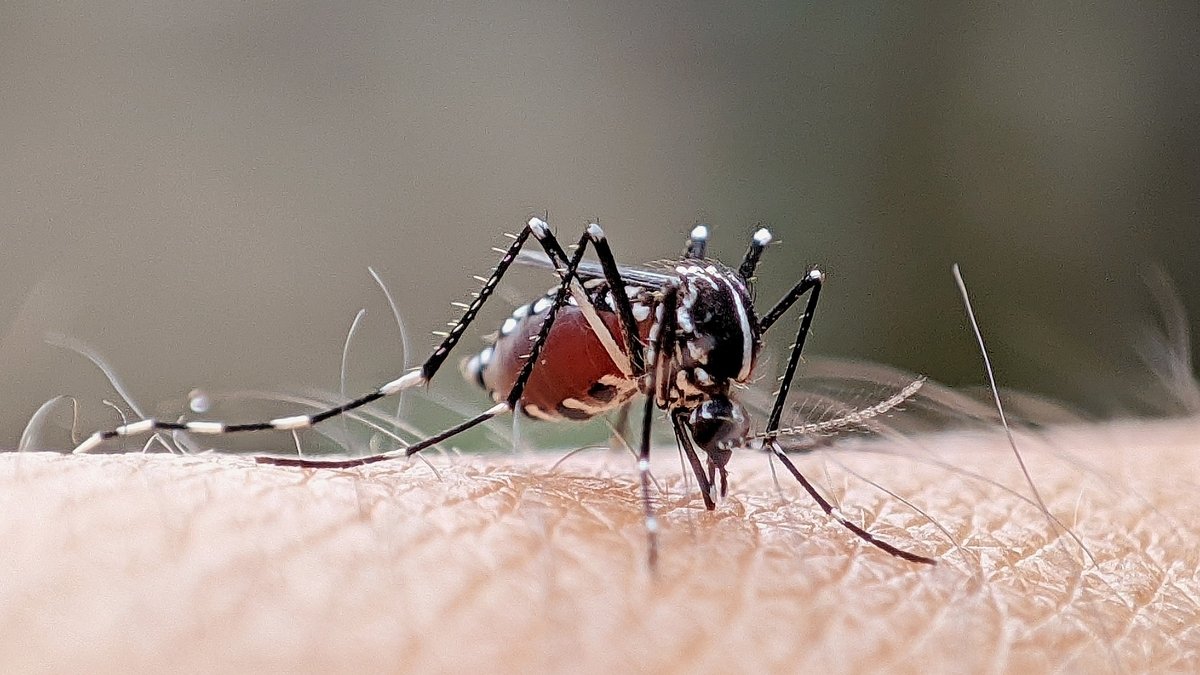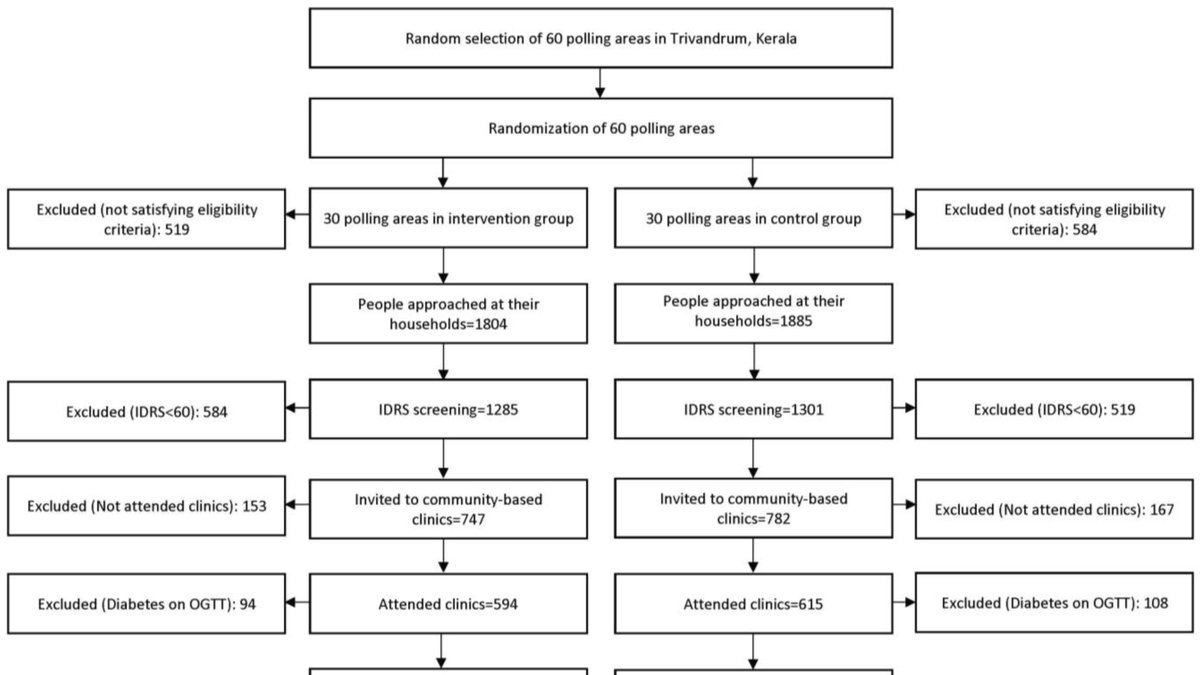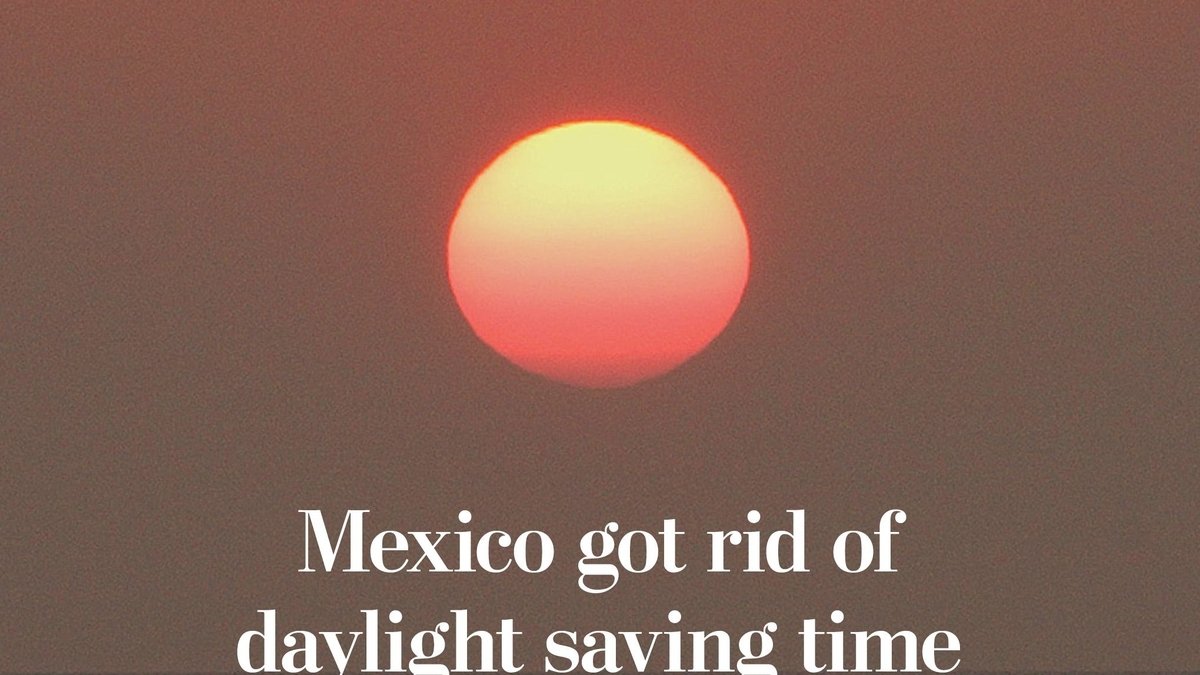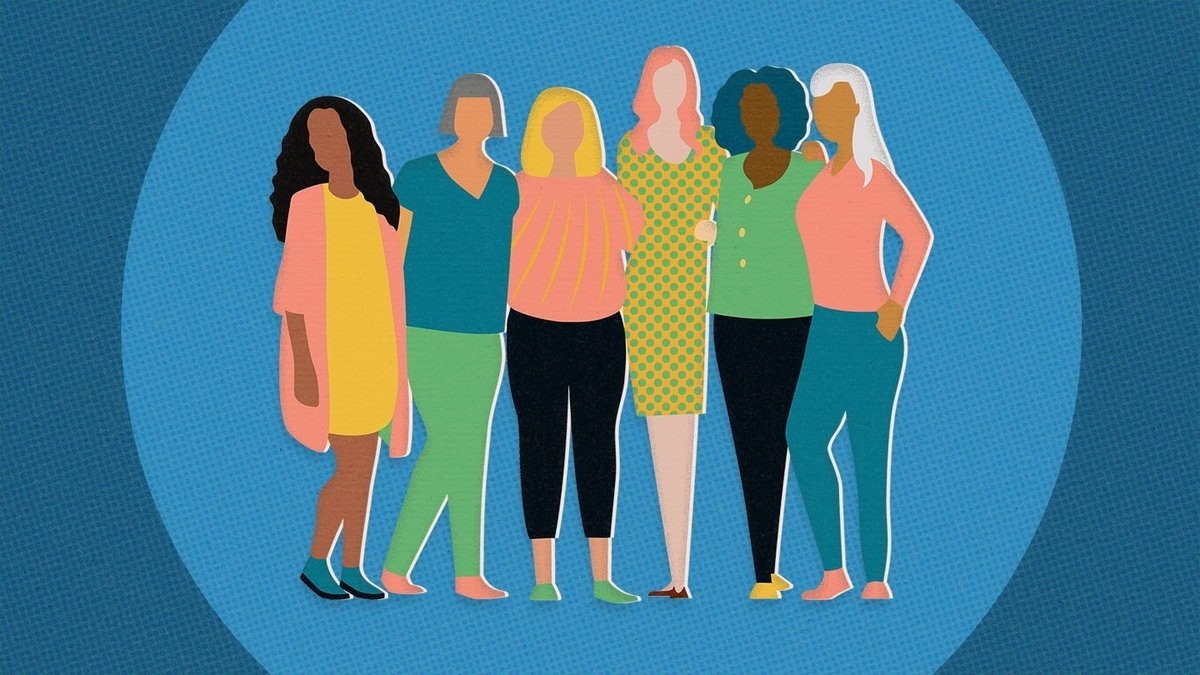Reese Witherspoon’s Snow-based Dessert Sparks Social Media Debate
Reese Witherspoon, an acclaimed Hollywood actress, has stirred up quite a debate on social media with her new winter delicacy named “Snow Salt Chococinno.” This came to light after she posted a video on TikTok showcasing herself making and consuming the snow-based drink. The video garnered significant attention, leading to the actress posting additional videos to address public concerns. This episode brings up an interesting debate: can you safely eat snow? Let’s examine this further.
Reese Witherspoon’s Snow Dessert
On January 19, the ‘Legally Blonde’ star shared a video of her ingesting snow fashioned into a chocolate beverage which she dubbed ‘snow salt chococinno’. The video, shared on TikTok, has since racked up over 4.5 million views. It showcases Witherspoon collecting snow from her backyard, mixing it with salted caramel sauce, chocolate syrup and cold-brewed coffee.
The video received mixed reactions from viewers, with many expressing concern about the safety of consuming snow. Prompted by these responses, the award-winning actress created three more videos to address the concerns raised.
Is Consuming Snow Safe?
With the wide reach of Witherspoon’s video, a lively debate emerged regarding the safety of consuming snow. Doctors and scientists suggest that the first snowfall is not the safest to taste due to pollutants it can absorb on its descent to the ground. Snow has been observed to act like a scrub brush for the air, collecting harmful substances such as pesticides, soot, and even mercury and formaldehyde.
The safety of consuming snow greatly depends on several factors. Experts suggest that the safest snow to consume is that which falls later in the season and on less windy days. However, snow that has been plowed or shoveled should be avoided, as it may contain harmful substances like rock salt, sand, and even magnesium chloride.
Colored snow is another variant to be wary of. According to Fengjing Liu, a hydrologist and biogeochemist at Michigan Tech, colored snow is a clear indication of bacterial contamination. Therefore, only freshly fallen, untainted white snow is recommended for consumption, and even then, only in limited quantities.
The Fine Line of Consuming Snow
Experts agree that an occasional ingestion of small amounts of fresh and clean snow is generally safe. However, consuming it in large quantities could lead to an upset stomach or even infection due to potential pollutants and bacteria. As Diane Calello, the medical director of the New Jersey Poison Information and Education System, eloquently put it, “A small amount is non-toxic.”.
For those still keen on indulging in the thrill of consuming snow, remember to opt for the freshest fall, visibly clean, and unmistakably white snow.
The information included in this piece comes from the Reader Wall news source.



